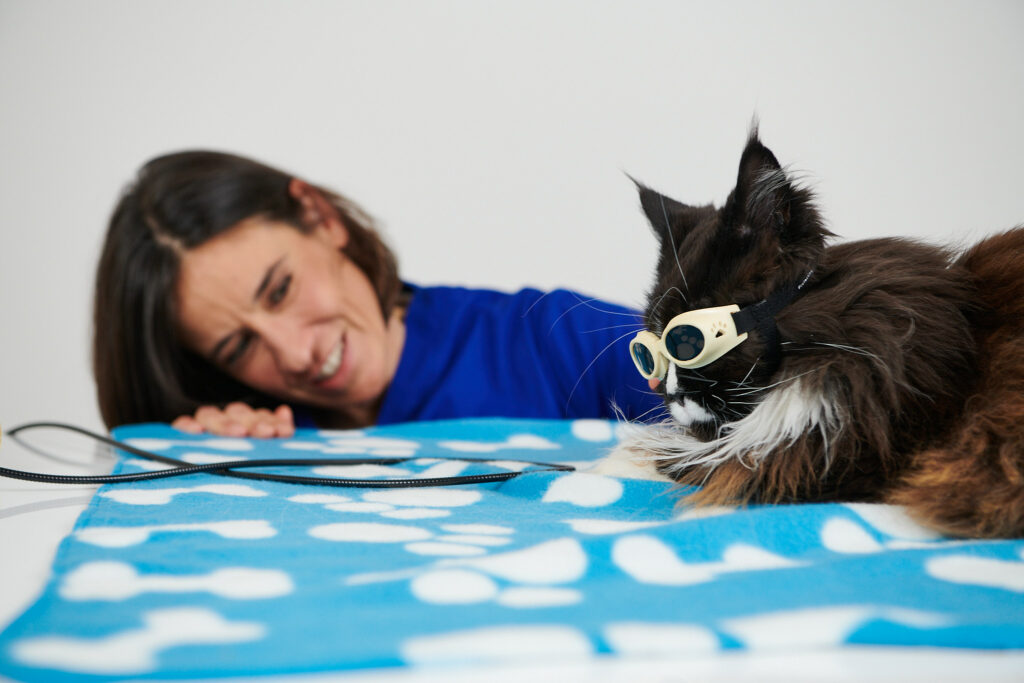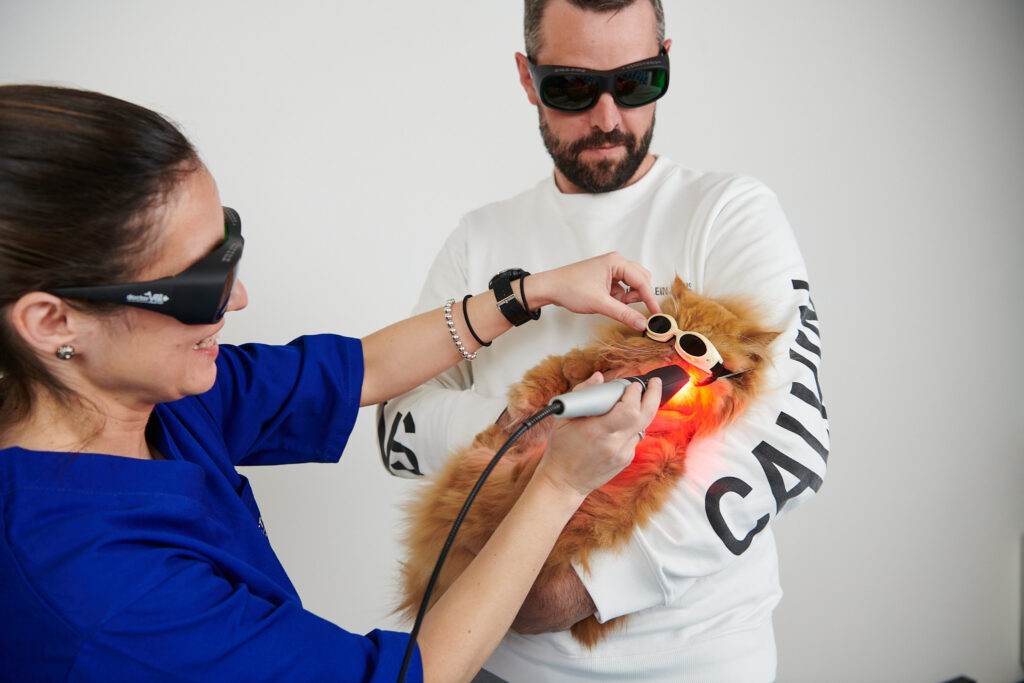Two main types of glands are found in the skin of the cat (sweat glands and sebaceous glands). Most of the sebaceous glands are associated with hair follicles and produce an oily secretion that waterproofs the hairs. These glands are largest on the chin, the lips, the eyelids, prepuce and scrotum. The role of these glands is not only functional but also for marking1.
Increased activity in these glands leads to feline acne and may occur at any age (at four years on average), regardless of gender. On a cellular level, it produces an excessive inflammatory response. It leads to blackheads in minor cases, while secondary infection and folliculitis can occur in more serious cases, even leading to the formation of pustules of purulent material. Pyoderma occurs in the most serious of cases1.
The most common wounds were the presence of blackheads in 73% of cases, alopecia, pustules and papules, and erythema (41%). Itching was observed in 35% of cats. Malassezia presented in 18% of cases, while a bacterial infection was seen in 45% of cases, the most common being Staphylococcus and Alpha-hemolytic streptococcus. Lymphoplasmacytic inflammation, dilation of the sebaceous gland, keratosis and folliculitis, among other things, were observed at a histological level2.
Diagnosis is performed through observation of the wound. Blackheads can be seen in minor cases, while the patient occasionally presents pain and itching, as well as pustules with purulent material, in serious cases.
Treatment therefore seeks to resolve this folliculitis, requiring the area to be shaved and cleaned using chlorhexidine. Orally administered antibiotics are required in the case of serious wounds. As far as treatment is concerned, the use of metallic feeders or bowls is also recommended, as well as avoiding dirt on the chin.

Seeing is believing!
Book a demo now to learn how DoctorVet works!
In terms of the effects of laser therapy, it can be considered that this helps control the inflammatory process by increasing defences in the wound area. It also has an antimicrobial effect due to the increase in those defences and depending on the type of micro-organism that is causing the infection. Photodynamic therapy is also considered for the treatment of acne in humans. It requires further study in feline medicine, but it could be an effective therapeutic option3.
DoctorVet has specific protocols that can help treat feline acne, requiring a combination of the inflammation and superficial infection protocols and selecting the area best suited for the treatment (the treatment areas for these protocols are >10, 25, 50, 100, 200 and 400 cm2).
The scanner hand tool in non-contact mode should be used, performing a slow sweep of the entire treatment area. Correct protection for the eyes is essential in this case as they are highly exposed. The treatment schedule should be alternate days, until a photobiomodulation effect is observed.
Once this effect is noticed, treatment can be performed every 48 hours and then two treatments/week until the issue is resolved.
Maintenance protocols can be established when treating a recurring problem in the same patient, with treatments once per month in order to control the inflammatory process.


Via dell’Impresa, 1
36040 Brendola (VI)
VAT 02558810244
C.R. VI 240226
© Copyright 2016-2021 LAMBDA S.p.A. | Privacy Policy